
Ensembl 113 and Ensembl Genomes 60 have been released
Ensembl 113 brings major gene and regulatory feature annotation updates in Homo sapiens (human) and Mus musculus (mouse).
2024
updates-from-data-resources

Ensembl 113 brings major gene and regulatory feature annotation updates in Homo sapiens (human) and Mus musculus (mouse).
2024
updates-from-data-resources

Science & Technology New research from EMBL Heidelberg shows how cells in developing embryos undergo a major shift in the way they regulate gene expression as they mature and differentiate.
2024
sciencescience-technology

Lab MattersPeople & Perspectives EMBL scientist Oliver Stegle explains how AI-based tools have the potential to transform our ability to better understand the complexity of life and how these tools will shape the future of life science exploration.
2023
lab-matterspeople-perspectives

Ensembl 110 and Ensembl Genomes 57 have introduced in-house prokaryotic gene annotation across genomes available in Ensembl Bacteria. Since its inception, Ensembl Bacteria has imported user-submitted annotations from the International Nucleotide Sequence Database Collaboration (INSDC) for…
2023
updates-from-data-resources
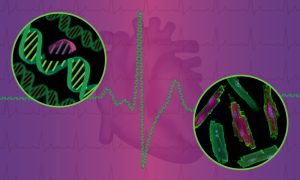
Science & Technology EMBL researchers have made new strides into understanding and reversing genetic defects that underlie familial heart disease.
2023
sciencescience-technology

The GA4GH standard refget quietly helps decipher millions of genomes sequenced worldwide, and it just got better.
2023
technology-and-innovation

Science & Technology EMBL researchers use a new cell sorting technology to gain new insights into cellular function in health and disease, as well as for other innovative applications.
2023
sciencescience-technology

Using Oxford Nanopore long-read sequencing, EMBL scientists sequenced a primary childhood brain tumour known as a medulloblastoma, uncovering a novel complex mutation pattern.
2023
science

As major biodiversity projects ramp up, EMBL-EBI enables genomic data sharing for all species.
2023
perspectivesscience

Connections EMBL deepens scientific collaboration, opening the door for greater engagement and opportunities for Malta’s life science community
2022
connectionsevents
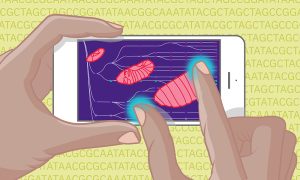
Science & Technology EMBL and UW researchers plus additional collaborators have constructed a complete map of fruit fly embryonic development using machine learning. This research is foundational to better understanding overall embryo development in other species, including humans.
2022
sciencescience-technology
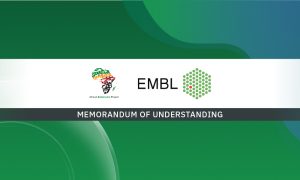
ConnectionsLab Matters The African BioGenome Project and EMBL have signed a Memorandum of Understanding to support each other in building genomics and bioinformatics capacity across Africa
2022
announcementsconnectionslab-matters
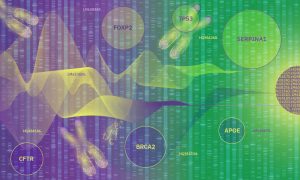
Science & Technology Researchers in the Ensembl team are making the most of machine learning methods to speed up genome annotation pipelines
2022
sciencescience-technologytechnology-and-innovation
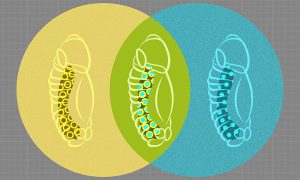
Science & Technology Researchers from the Furlong group at EMBL have come up with a way to observe the development of fruit-fly embryos simultaneously at the genetic and cellular levels, generating a high-resolution and integrated view of how different cell lineages form.
2022
sciencescience-technology

Science & Technology EMBL researchers, in collaboration with BD Biosciences, have demonstrated a new technology that allows rapid image-based sorting of cells. The new technology represents a major upgrade to flow cytometry and has applications in diverse life science fields.
2022
sciencescience-technology

Science & Technology On track to reach an ambitious goal of 3,000 genomes sequenced by the end of 2022, what’s next for the Earth Biogenome Project?
2022
announcementssciencescience-technology

EMBL AnnouncementsLab Matters EMBL Senior Scientist and Head of the Genome Biology Unit is among the researchers honoured for outstanding work by the German Research Foundation (Deutsche Forschungsgemeinschaft, DFG).
2021
embl-announcementslab-matters

Lab MattersPeople & Perspectives Maria Zimmermann-Kogadeeva is one of EMBL’s newest group leaders and a computational biologist whose research group applies computational modelling to better understand the metabolism of gut bacteria and their potential to have far-reaching impacts on other organs.
2021
lab-matterspeople-perspectives

Science & Technology Researchers from EMBL’s Typas group and collaborators have analysed the effects of 144 antibiotics on the wellbeing of gut microbes. The study improves our understanding of antibiotics’ side effects and suggests a new approach to mitigating the adverse effects of antibiotics therapy on gut…
2021
sciencescience-technology

Science & Technology Research in the Typas group uncovers new details of the strategies Salmonella uses to survive in infected cells.
2021
sciencescience-technology

Lab MattersPeople & Perspectives EMBL welcomes Sarah Dyer, the new Non-Vertebrate Genomics Team Leader at EMBL-EBI.
2021
lab-matterspeople-perspectives

People & Perspectives After work in antimicrobial resistance, EMBL postdoc Laura Carroll is using machine learning for next-gen antibiotic development.
2021
people-perspectivesscience

Science & Technology Researchers reveal the best technology for assembling reference genomes.
2021
sciencescience-technology

Lab MattersPeople & Perspectives As one of EMBL’s newest group leaders, Sinem Saka will combine multiple technologies, such as microscopy and single-cell omics, to solve biological puzzles.
2021
lab-matterspeople-perspectives
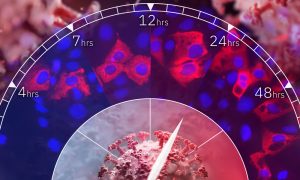
Science & Technology A team of EMBL scientists and colleagues have analysed how the novel coronavirus affects proteins in human cells. They identified several human proteins as potential drug targets to prevent viral replication.
2021
sciencescience-technology
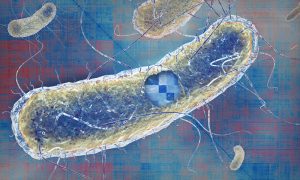
Science & Technology A new paper from EMBL’s Savitski team and Typas group describes their work on E. coli and how it brings a greater understanding of the way genes function and interact.
2020
sciencescience-technology

Science & Technology Discoveries at EMBL will help researchers to interpret one of the most common types of experiments in genomics and medical studies.
2020
sciencescience-technology
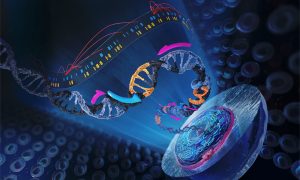
Science & Technology Scientists at EMBL Heidelberg have developed a new method, called Targeted Perturb-seq (TAP-seq), which increases the scale and precision of functional genomics CRISPR–Cas9 screens by orders of magnitude. Their method overcomes limitations in previous applications of single-cell RNA sequencing,…
2020
sciencescience-technology

Lab Matters The virtual EMBO | EMBL symposium ‘The Four-Dimensional Genome’ brought together 470 participants. Here, Jürgen Deka, Head of External Scientific Training, discusses how he and his team overcame the organisational challenges.
2020
eventslab-matters
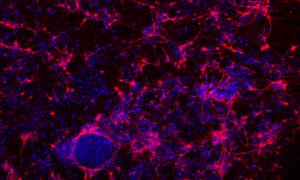
Science & Technology EMBL researchers investigate the role of a histone protein in regulating gene expression
2020
sciencescience-technology
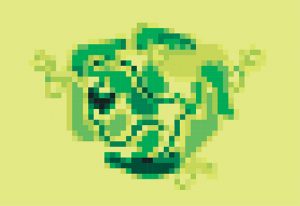
Science & Technology Scientists develop technology to measure how ATP concentration affects protein solubility in cells
2019
sciencescience-technology
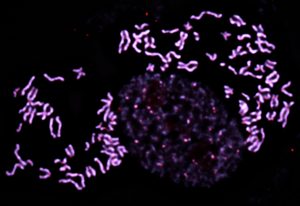
Science & Technology EMBL group leader Jan Korbel reflects on his scientific origins and current research
2018
sciencescience-technology

Science & Technology Scientists at EMBL and Cellzome develop technology to monitor the effects of drug treatments on protein degradation and synthesis
2018
sciencescience-technology
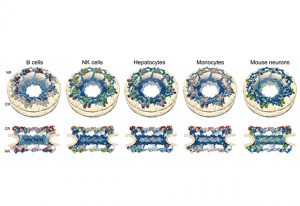
Science & Technology EMBL scientists create a turnover catalogue of almost 10.000 proteins from primary cells
2018
sciencescience-technology

People & Perspectives EMBL’s new group leader studies how gene expression is controlled
2018
people-perspectivesscience
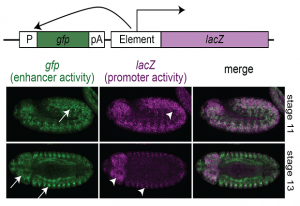
Science & Technology EMBL scientists show that some promoters can act as enhancers and vice versa
2018
sciencescience-technology
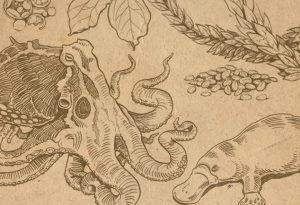
Science & Technology What are the strangest genomes in EMBL-EBI's Ensembl?
2017
sciencescience-technology

Connections Lars Steinmetz. Director of the Life Science Alliance, reflects on the EMBL|Stanford initiative
2017
connectionsevents

Science & Technology EMBL scientists detect important function of genetic sequence our ancestors assimilated from a virus
2017
sciencescience-technology

Science & Technology Study by EMBL and DKFZ researchers means origins of myeloid leukaemias may need rethinking
2017
sciencescience-technology
Science & Technology A detailed analysis of data from 185 human genomes sequenced in the course of the 1000 Genomes Project, by scientists at the European Molecular Biology Laboratory (EMBL) in Heidelberg, Germany, in collaboration with researchers at the Wellcome Trust Sanger Institute in Cambridge, UK, as well as the…
2011
sciencescience-technology
No matching posts found
Looking for past print editions of EMBLetc.? Browse our archive, going back 20 years.
EMBLetc. archive